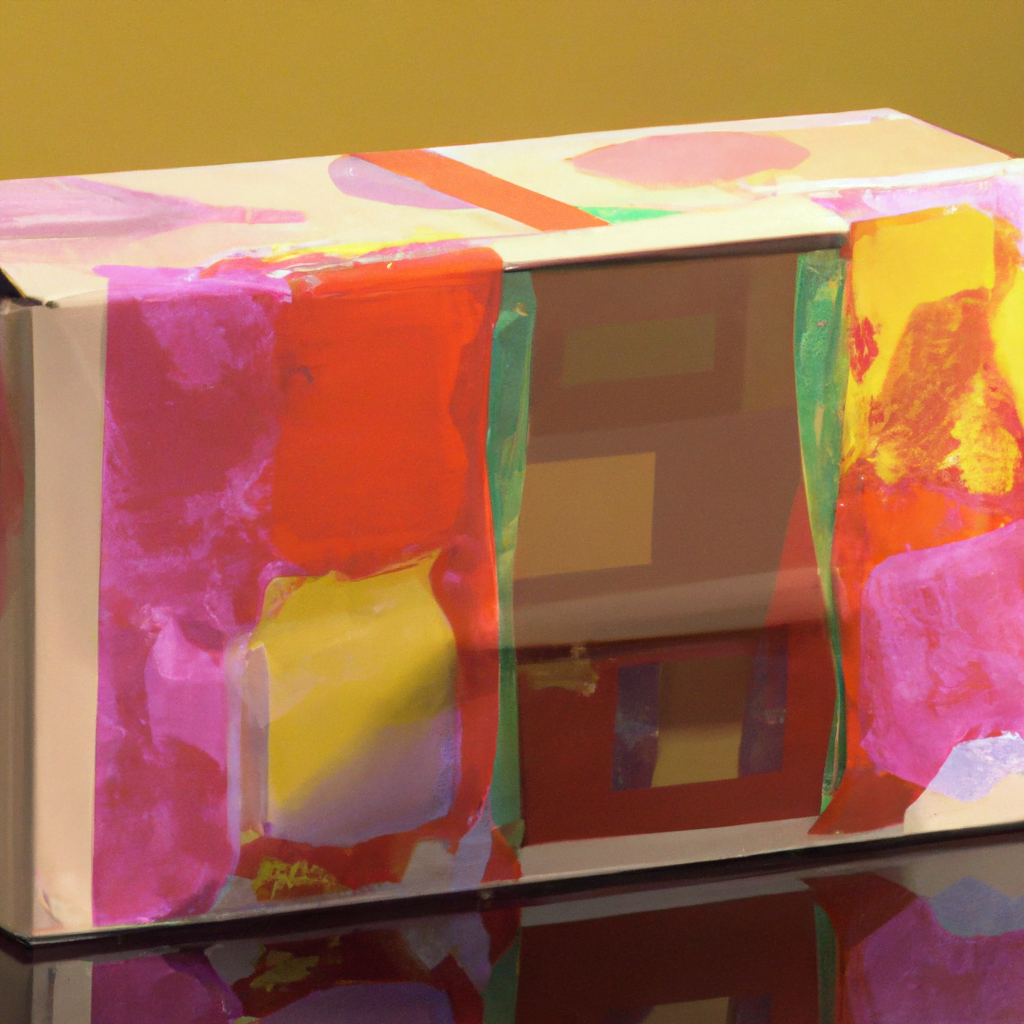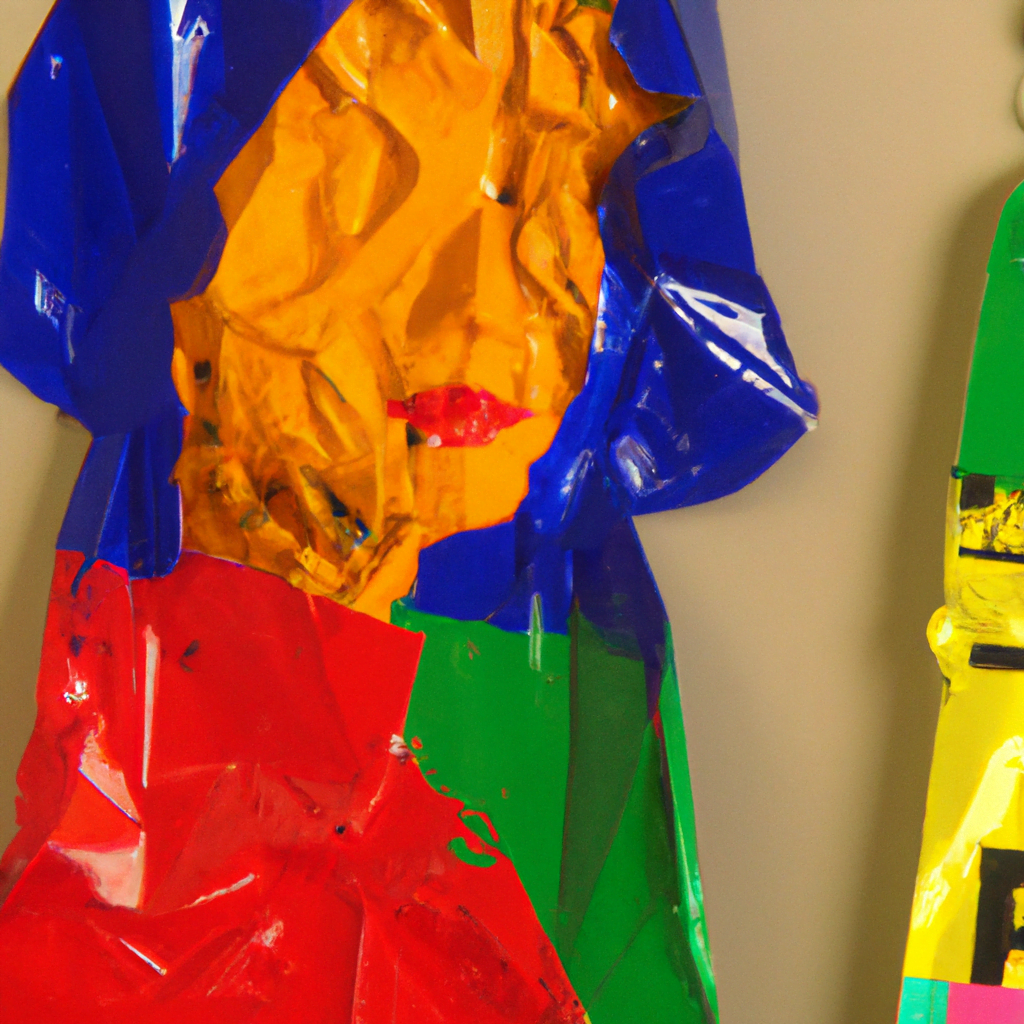
Sustainable Packaging Alternatives to Plastic

Introduction
Plastic packaging has become a ubiquitous part of our daily lives. From food packaging to electronics, plastic is used to package almost everything. However, the environmental impact of plastic packaging is significant. Plastic waste is polluting our oceans, harming wildlife, and contributing to climate change. As a result, there is a growing demand for sustainable packaging alternatives to plastic. In this article, we will explore some of the most promising sustainable packaging alternatives to plastic.
Biodegradable Packaging
Biodegradable packaging is made from materials that can break down naturally in the environment. These materials include plant-based materials such as cornstarch, sugarcane, and potato starch. Biodegradable packaging can be used for a variety of products, including food, cosmetics, and electronics.
One of the most promising biodegradable packaging materials is mycelium. Mycelium is the root structure of mushrooms and can be grown in a variety of shapes and sizes. Mycelium packaging is biodegradable, compostable, and can be grown using waste materials such as sawdust and agricultural waste.
Another promising biodegradable packaging material is seaweed. Seaweed packaging is edible, biodegradable, and can be used for a variety of products, including food and cosmetics. Seaweed is also a renewable resource that can be grown quickly and sustainably.
Reusable Packaging
Reusable packaging is another sustainable alternative to plastic. Reusable packaging can be used multiple times, reducing the amount of waste generated. Reusable packaging can be made from a variety of materials, including glass, metal, and silicone.
One example of reusable packaging is the mason jar. Mason jars can be used for a variety of products, including food, beverages, and cosmetics. Mason jars are durable, easy to clean, and can be reused indefinitely.
Another example of reusable packaging is the beeswax wrap. Beeswax wraps are made from cotton fabric coated in beeswax, jojoba oil, and tree resin. Beeswax wraps can be used to wrap food, replacing plastic wrap. Beeswax wraps are reusable, biodegradable, and can be composted at the end of their life.
Paper Packaging
Paper packaging is a sustainable alternative to plastic. Paper is a renewable resource that can be recycled and composted. Paper packaging can be used for a variety of products, including food, cosmetics, and electronics.
One example of paper packaging is the paper bottle. Paper bottles are made from a combination of paper and a thin layer of plastic. Paper bottles are recyclable and can be composted.
Another example of paper packaging is the paper bag. Paper bags can be used for a variety of products, including groceries and clothing. Paper bags are recyclable and can be composted.
Conclusion
In conclusion, there are many sustainable packaging alternatives to plastic. Biodegradable packaging, reusable packaging, and paper packaging are all promising alternatives that can help reduce the environmental impact of plastic packaging. By choosing sustainable packaging alternatives, we can reduce waste, conserve resources, and protect the environment.
